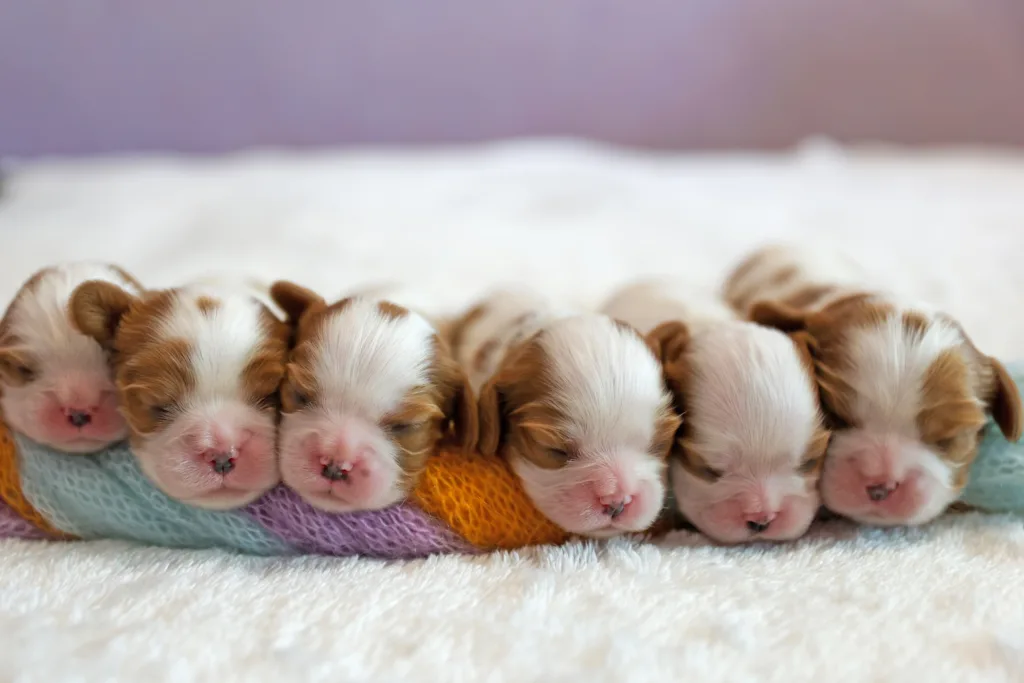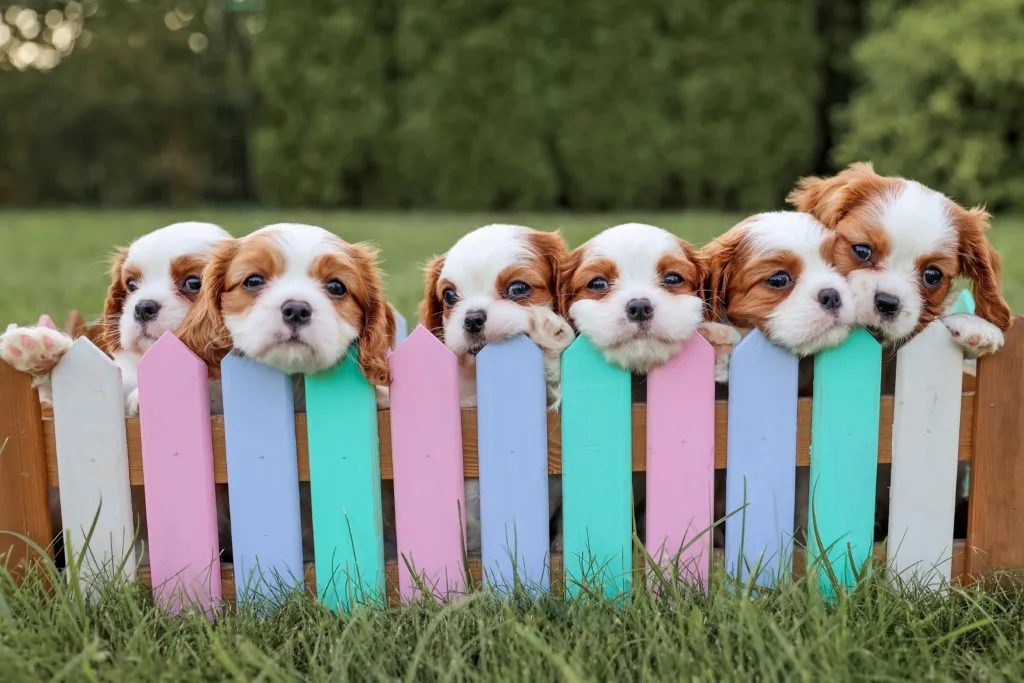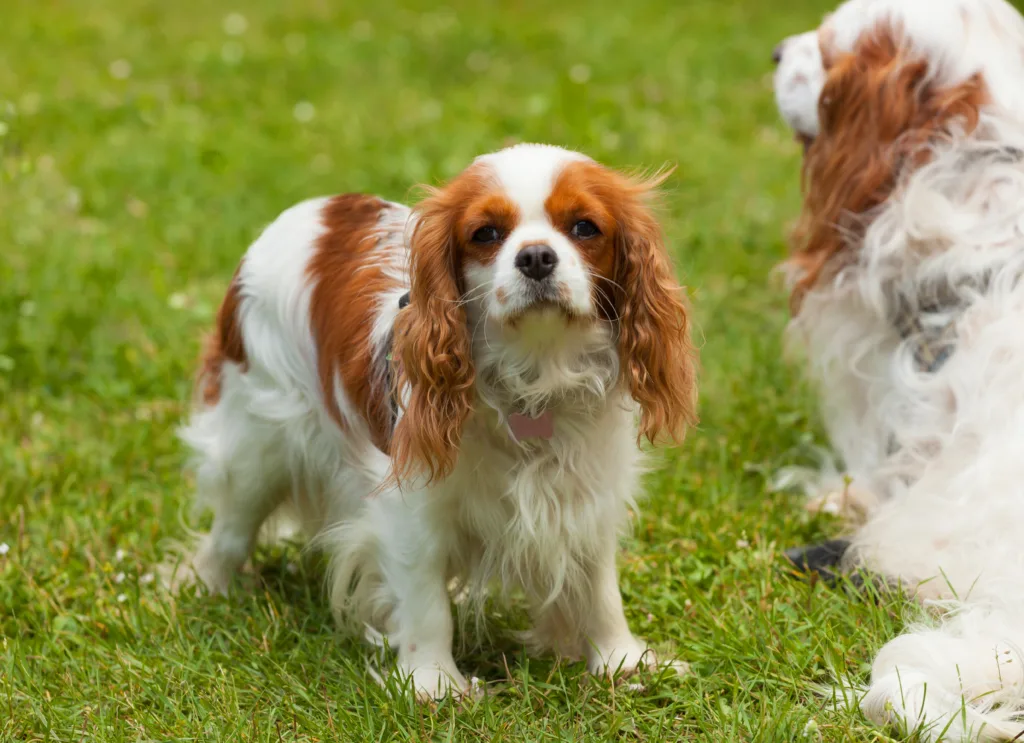Watching a puppy grow can be one of the most unforgettable experiences for any pet parent. From their first movements to their playful bites, each stage of puppyhood is a core memory unlocked.
Whether you’re a first-time dog owner or just simply looking to better take care of your fur baby, this guide will help you through the key phases of puppy development, from birth until they’re a year old.
Weekly Timeline Summary
Raising a puppy is a whirlwind of milestones—from wobbly walks to confident tail wags. Here’s a quick guide to what to expect:
0-2 Weeks: Eyes closed and still dependent on dog mum for survival.
2–4 Weeks: Start preventive care like deworming and vaccines by week 4.
4-6 Weeks: Puppies continue to be influenced by their mother and litter mates.
6–8 Weeks: The first vaccine is generally administered at this stage. Social play and noise exposure help reduce fear later on.
8-10 Weeks: The 2nd vaccination is generally administered at this stage. There is often a third vaccination depending on the manufacturer and vet advice.
3–6 Months: Rapid learning and energy bursts. Ideal time for basic training, socialisation, and routine vet care.
7–9 Months: Adolescence sets in—curious, stubborn, and testing boundaries. Stay consistent with training.
10–12 Months: Your pup is growing into a confident young dog. Keep up age appropriate exercise, training, vet checks, and adjust their diet as needed.
💡 Every puppy develops at their own pace, but with love, structure, and support (including pet insurance like that of Knose), you’re setting them up for a healthy, happy life.

Newborn puppy (0-4 weeks old)
When puppies are born, their senses are not fully developed yet. While their eyes remain closed for the first few days, they gradually develop their sense of touch, smell, and hearing. These senses help them connect with their mother and siblings.
During this stage, puppies remain heavily dependent on their mothers post-pregnancy, relying on them for food and nourishment. Small, solid puppy food may be introduced to puppies at three weeks old. Remember to do this gradually, as their little bodies still need to adjust to avoid upsetting their stomach.
Newborn puppies also have limited movements. They spend most of their time just crawling, squirming, and sleeping. Their coordination does not kick in until around their 3rd or 4th week. This is when they start their slow, wobbly walk, needing support as they start to learn to balance themselves.
Puppy socialisation stage (1-3 months old)
During this stage, puppies’ senses are fully developed, and they learn rapidly through play and gentle socialisation with people, sounds, and handling. They grow stronger and more coordinated, engaging in play with littermates that builds both physical skills and early social behaviour.
Transition from milk to solid puppy food gradually, as their little bodies still need to adjust to avoid upsetting their stomach.
At this stage, mum still helps guide positive interactions. Since puppies can start becoming more cautious around six weeks, it’s important to keep new experiences short, positive, and supportive to build lasting confidence.
As they’ve finished their first month, it’s the right time to begin their preventive routine care plan, introducing necessary vaccines and deworming treatments. Regular health checks are also advised to ensure that they have no signs of illness or abnormalities.

Juvenile puppy stage (3-6 months old)
Puppies at this stage begin teething—losing their baby teeth as their adult teeth come in—so expect plenty of chewing. Having the right chew toys handy helps save your shoes and furniture.
This is also a rapid growth period, especially for larger breeds, with bones fusing and cartilage hardening. That’s why their play can look adorably clumsy—but it also means they’re more vulnerable to injury. Supervision or safe spaces like a crate or pen are essential when you can’t keep an eye on them.
It’s best to take advantage of this period of curiosity and expose them to different people, places, and even other animals (check out our guide to Puppy Socialisation!).
This will help them learn how to appropriately interact with others. You can also start teaching them basic tricks and commands like “sit”, “stay”, or “bark”. Just be sure to check with your vet when it is safe for your little one to be out and about or interacting with other animals.
Regular grooming sessions, like taking a bath and nail trimming, should also start at this point (if not even earlier depending on the breed and vet advice). This will help them get accustomed to these important routines as they grow up to be well-groomed and healthy dogs.
Adolescent puppy stage (6-9 months old)
Reinforcing what puppies have already learned can be a gamechanger in this stage. They will often get distracted by new sights, smells, and even experiences, so it’s important to give them clear and consistent guidance.
With more patience, you can also begin introducing more complex commands and exposing them to new scenarios through play-based dog training.
Other than regular vet visits, spaying and neutering can already be recommended at this age, depending on your vet’s advice. As their growth spurt starts to slow down, ensure that their grooming routines continue. Their dental hygiene might need more attention, as adult teeth will begin to appear as well.

From puppy to adult dog (9 months to 1 year old)
When puppies near their first birthday, they start to enter young adulthood. By this time, most medium to large breed dogs are nearing their full height and weight. Meanwhile, the smaller ones are already fully grown at this point.
During this period, puppies can already be comfortable interacting with humans and other animals. This should be reinforced with continued training and age appropriate exercises to help them stay focused, confident, and obedient. Positive behaviors can also be reinforced through treats and structured play outside.
Diet should always be tailored to your dog’s breed, size, and activity level – check with your vet for the best recommendations. Increased physical activity can be complemented by regular veterinary check-ups to monitor development and prevent any serious health issues. Exercising together with your pets might be a fun bonding activity!
Supporting every step of your puppy’s journey
Each puppy is unique, but all of them need care and patience as they grow. By having a deeper understanding of their developmental stages, you’ll be better equipped to raise a healthy and well-behaved dog.
Alongside a proper diet and regular visits to the vet, a reliable pet insurance like Knose can give you an extra safety blanket while your puppies grow. Award-winning Knose Pet Insurance helps cover the unexpected, so you can focus on enjoying each milestone with financial support during pet emergencies.
With the right care and companionship from newborn to adulthood, your puppy care journey will give you memories that will last a lifetime.
Disclaimer
Coverage for illnesses and injuries is subject to your selected plan, Knose Pet Insurance terms and conditions, and only applies where the condition is not a Pre-Existing Symptom or Condition and is outside any applicable Exclusion Periods. See the Product Disclosure Statement for full details.
Post by Knose Pet Insurance in collaboration with Yvette
Yvette Balita is a fur parent to Shinx, a 6-year old Jack Russel, along with multiple cats, and even chickens! Drawing from her personal journey and hands-on experience as a pet owner, Yvette contributes insights for pet owners seeking to care and protect their furry family members.


